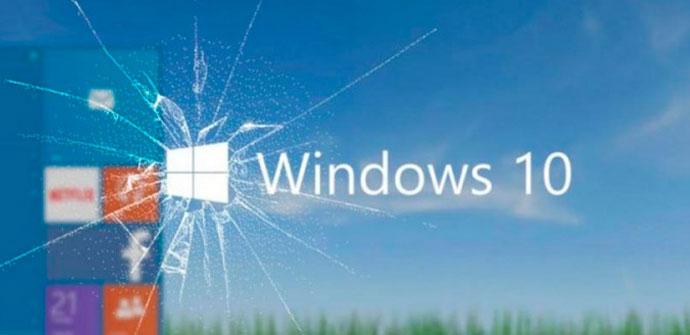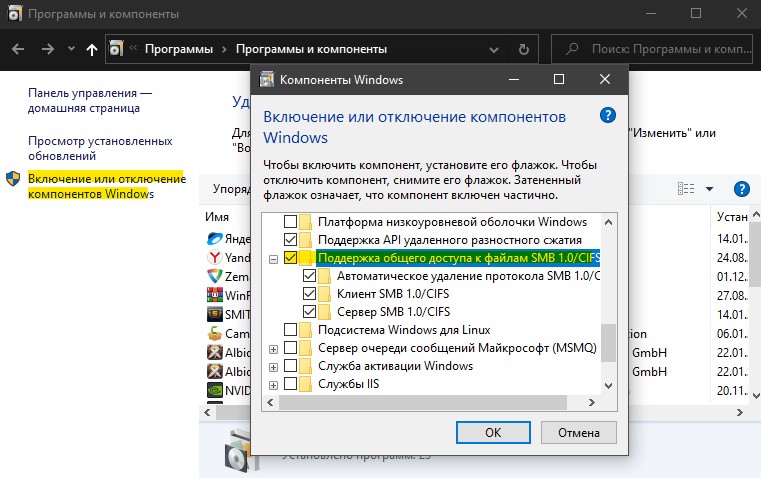

I'm not a Mac developer so the odds of me seeing something useful and making some progress is around 25% (but I'm an optimist). I don't see anything else personal, but the output I'm going to ask for is enormous. El cmdlet permite habilitar o deshabilitar los protocolos SMBv1, SMBv2 y SMBv3 en el componente de servidor. I absolutely see my user name in the logs and I've never attempted to override the private setting.
#Smbup windows mac os x
It would be best to PM me the output from the logs. In Mac OS X Lion, Apple started using the SMB2 protocol that Microsoft introduced in Vista back in 2006. The logs are supposed to free of sensitive information, but I can't promise something won't be exposed see this information about. Please don't hesitate to say "I've had enough it's just not that important". En este paso se debe acceder a la ventana de «Características de Windows» mediante la ruta «Panel de Control», «Programas» y «Programas y características». The most recent installer that can be downloaded is 4.1 MB in size. And, this won't be the last time following instructions unless we're very lucky. The applications installer is commonly called smbup.1.2.zip. Someone having the problem is going to have to make a bit more effort following some instructions. If I'm to continue investigating, I would need to see some logging output. I have had nothing but trouble with SMB (Windows Sharing) services in Mac OS X Server 10.7.Well, OK then.
#Smbup windows install
My first idea was to install SMBup again with Samba and use a different WINS name from the Server WINS name-basically run two different SMB servers on one computer with different names. These problems were supposedly solved in 10.7.3, but my particular issues seem to still be there in several cases (Windows XP name browsing not working, Guest access not working, performance issues, dropped connections), and may be related to the Windows XP (versus Windows Vista/7) clients I'm dealing with. So here is my problem: XP clients use SMB1 and they seem to connect to fine to other windows computers but they cannot connect/open or save files.

All of these were working fine with Mac OS X Server 10.5.8 when a string of hardware failures required replacement with the current version, which is working well for the Mac OS X clients.

I have found that replacing the Apple supplied services with the open source Samba version (dropped by Apple in Mac OS X Lion for apparent licensing issues) has solved these problems, and provided faster performance. Unfortunately setup isn't well documented, takes a while, and has no GUI tool (SharePoints I miss you!). In hopes that I can give someone a head start for doing this if they need to, I've cobbled together a recipe from various sources. I installed SMBUp, installed SAMBA through it, and configured my users and shares. There are likely some flaws, and it is probably missing some details and options. Im trying to configure an OS X box with Samba using SMBUp. Download XCode Command Line Tools (in Preferences of. Install XCode 4.3.3 from the App Store 2.
#Smbup windows update
Please feel free to add or update in the comments. Steps to install and configure samba3 replacement for Apple Mac OS X Server 10.7.x SMB services. home folder) or the P drive (the public Mac OS X SMB Fix solution: SMBUp.

#Smbup windows pdf
Steps to install and configure samba3 replacement for Apple Mac OS X Server 10.7.x SMB services.ġ. Go to PDF Expert 6 settings > Network > Add account > Windows SMB server. The Samba team doesn’t see a reason to fix this and existing workarounds don’t really address the problem. The most visible of this is a problem with handling native OS X (especially Administrator users). Download XCode Command Line Tools (in Preferences of XCode - requires Developer ID)ģ. NOTE: SMBUp installs Samba, which is a third party software with its own limitations, bugs and incompatibilities. Install samba3 (in Terminal type "sudo port install samba3")ĥ.


 0 kommentar(er)
0 kommentar(er)
